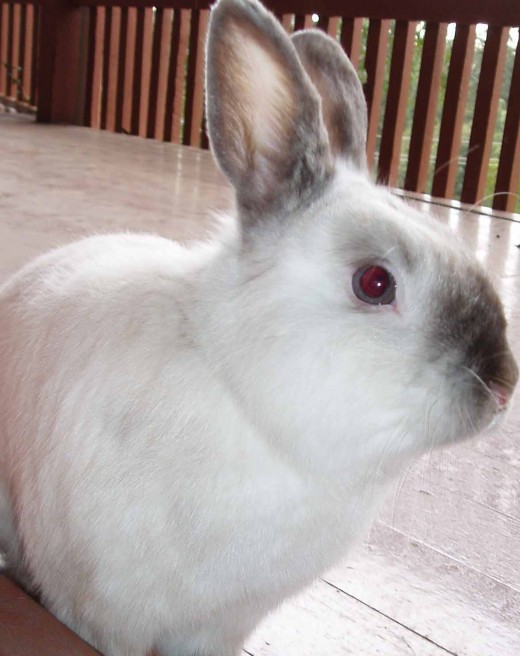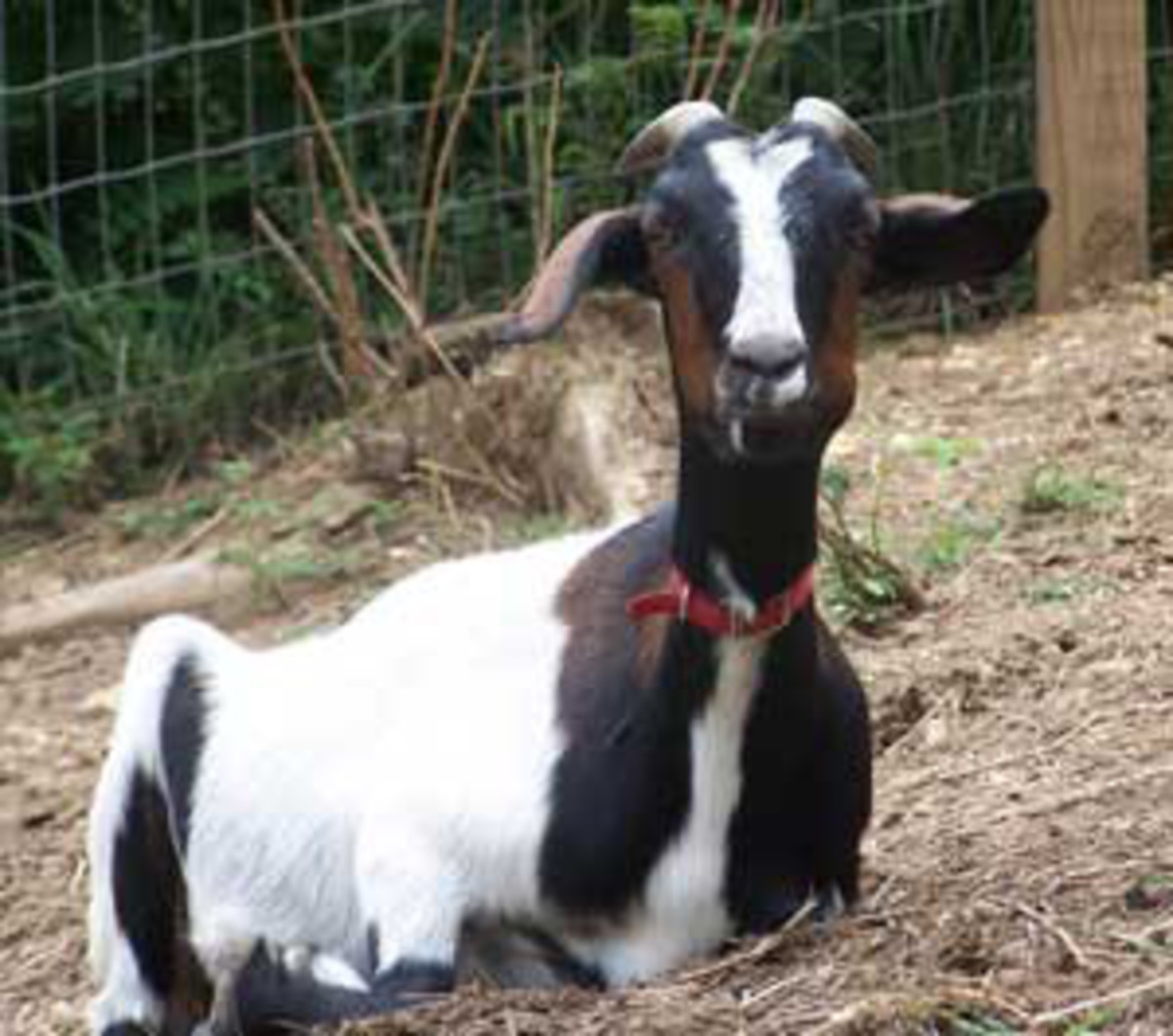How to keep your rabbit healthy

What to feed your pet bunny
Rabbits can make great domestic pets with the right care and handling. However, like humans, they risk serious health problems if they do not eat the correct diet.
Hay
Rabbits are herbivores, meaning they are vegetarian. They are also grazing animals. This means that in the wild they would spend a lot of time continuously eating small amounts throughout their day, rather than large meals. However, they tend to eat the most in the early mornings and in the evenings. All of this means, that if you have a domestic rabbit, you need to provide food that the rabbit can access at all times. They are not like cats or dogs, where you can provide a food bowl at set mealtimes only.
The best diet for your rabbit is hay and straw. Rabbits in the wild do not require pellets to survive. Like us, to thrive bunnies need fresh, rather than processed foods in their diets. Many of the manufactured rabbit pellets have a low fibre content and are high in fats and contain sugars.
Hay is high in fibre. Rabbits require a high fibre diet to keep their insides working properly. A lack of fibre can lead them to develop a disease called gut stasis. This disease causes their intestines and stomachs to stop working.
A hay diet also keeps the rabbits’ teeth healthy. Rabbits need to eat tough, dry materials in order to wear down their teeth. Unlike humans, rabbit teeth grow continuously at a rate of approximately 3mm a week. If a rabbit’s teeth are not worn down by their diet, they can grow until they come into contact with the rabbit’s jaw or tongue when it tries to eat. This can have very serious consequences. Oversized teeth can cause mouth ulcers and a lot of pain to the rabbit. Ultimately this can result in the rabbits becoming anorexic. In extreme cases, some rabbits continue to eat, but are at risk of cutting their tongues. Often the teeth can only repaired through an operation by the vet.
The good news is that chewing hay, or other rough foods, helps keep their teeth to an appropriate size. Providing chew toys, such as pieces of wood for the rabbits to gnaw on, can also assist rabbits to keep their teeth healthy.
There are various types of hay available. Most of the literature recommends Timothy or Oat hay products. Alfalfa Hay is controversial. Some say that it is too high in protein for rabbits. Others say that, depending on the age and type of the rabbit, it is perfectly fine for them to eat. If you are in doubt please ask your vet for advice.
Store hay in a dry place. The hay can keep for approximately two months before you should change it. It can be fed progressively to the rabbits as they require it, with plenty left around for them to nibble on.
Vegetables and grass
Ideally, aim for around 80% of your rabbit’s diet to consist of hay or grass. The hay can be supplemented by fresh vegetables. Many rabbits enjoy parsley, basil, broccoli leaves, celery leaves, bok choy and dandelions.
Some pet owners choose to grow vegetables especially for the rabbits, so that they can eat them fresh from their own backyard. If you and your rabbit do not have access to a garden area, you might consider planting some herbs and vegetables in pots instead.
If you are lucky enough to have a rabbit proofed and fenced backyard, you may choose to let your bunny go free range, and graze on fresh grass. Some rabbits will eat grass that is growing on the lawn, but will refuse to eat freshly picked grass. Perhaps it tastes better that way.
Obviously we all don’t have the luxury of free range bunny garden areas. If you would still like to give your domestic rabbit a taste of freshly growing grass, you can try putting your rabbit out on the lawn in its hutch. If the hutch has a wire bottom, the rabbit should be able to access the grass through the wire holes.
Pellets
Pellets are a convenient food source if they are nutritionally balanced. They should be offered along with a mix of hay and vegetables.
If you do feed your bunny pellets, then choose pellets made from grass-hay. Be careful not to overfeed your rabbit on pellets. Some rabbits become overweight if they rely solely on pellets.
Offering a diet with a mix of green vegetables, hay and pellets will lessen the chances of your rabbit becoming overweight.
Rabbits can also become very dependent on the pellets and refuse to eat other dietary offerings. This is not healthy. If this is the case with your bunny, you can try to wean them off the pellets. However, it is best to do so gently. Gradually reduce the amounts of pellets offered and replace a portion with hay and fresh vegetables. However, going slowly is the key. Some rabbits can be very stubborn and will refuse to eat if they are not offered their favourite foods. If a rabbit starts refusing to eat it can become a medical emergency.
To maintain freshness, store pellets in an airtight container.
Treats
There are many “treats” you can give to your rabbit. You may wish to offer your rabbit some of the foods listed here and see what they enjoy. However, try to only offer them in small quantities rather than as a staple part of the diet.
Many bunnies love fruits such as sultanas, apples, banana, peach pears and raspberries. You can even include the raspberry leaves. If feeding them apples, remove the pips, but keep the leaves. They also enjoy the classic carrot top. However, carrots are in the sometimes food category due to their high calcium content.
Toxic foods and foods to avoid
There are some foods you should definitely not feed your rabbit. These include breakfast cereal, chocolate, iceberg lettuce, raw beans, corn, onion, peas, potatoes, rhubarb, azaleas, rhododendrons, and tea leaves.
Water
Like humans, rabbits need fresh water every day. Water should be changed every day.
Sick rabbits
If your rabbit is sick or is losing weight, please talk to your vet. There are special pellet mixes enriched with nutrients that can be given to convalescent bunnies.
More about bunnies
- Do Rabbits Need Straw or Hay?
Straw and hay are both dried grass products that look similar, but one is full of nutritional goodness for your rabbit and the other is only good for bedding. Rabbits need hay to eat, in fact, a rabbit could... - Bunny Care Guide: The Importance Of Feeding Hay To R...
Everywhere you go, you'll see recommendations concerning the feeding of hay to rabbits. - Rabbit information - www.fuzzy-rabbit.com
A variety of care information for rabbits including a behavior FAQ, caresheet, how-to's, health information, indoor rabbits, webcam, photo galleries and a rabbit website directory. - BOING
Informative website for owners of domestic rabbits.




